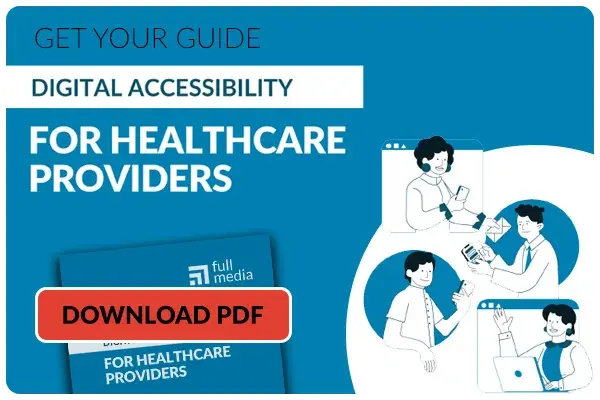Don’t Abandon Marketing for Telemedicine in 2021: Five Insights to Shift Your Strategy
2020 may go down in history as the Year of Telemedicine. Sure, some physician groups and health systems already utilized some sort of telehealth solutions for patient care, but the reality is that many practices underutilized and underpromoted their virtual care options until they became critical this year. Others who hadn’t yet adopted a telemedicine platform were scrambling to choose one in the midst of the chaos.
In late summer, the bottom dropped out on the telemedicine boom as patients began coming back into the office for care. The financial pressures of COVID-19 have forced so many marketers, especially hospital or health system marketers, to focus on promoting in-office safety measures or surgeries, in lieu of making a legitimate go at telemedicine.
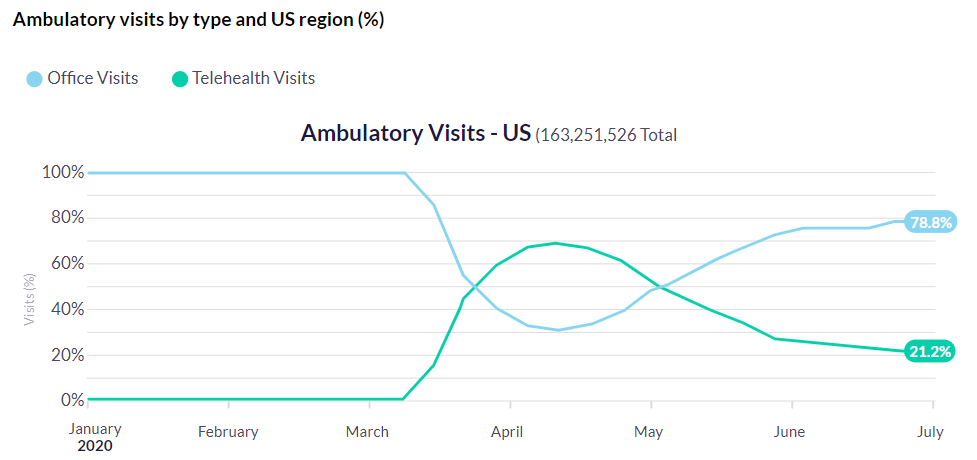
“You could easily look at these stats and think, ‘Telemedicine isn’t worth my time; it was a pandemic fad,’” says Rachael Sauceman, Head of Strategic Initiatives at Full Media. “But we know the patient demand is there, so we’ve dug deeper into the data to find actionable information for marketers.”
We all know that telemedicine is the future, though, and emerging data from patients and doctors demonstrate that the telemedicine experiment of 2020 was a wild success that will impact patient choice for a long time to come.
The results are in: patients want telemedicine
This year, people across the world had to adapt to a new reality, and we all experienced a number of firsts in our lives. Video visits were a first for many!
- 59% of patients who’ve used telemedicine report that they had their first ever video visit this year.
- Only 24% of patients report that they will not continue to use video vists after the pandemic ends.
- 1 in 4 patients would be willing to switch to a PCP that uses telehealth.
“Our key takeaway here is that telemedicine isn’t on a decline because patients don’t want it,” Sauceman says. “To me, this sheds light on a huge opportunity for health systems to proactively communicate with their patients about how telemedicine works, rather than reverting back to treating telehealth as a latent offering.
Using data to improve your virtual visit marketing strategy
1. Patients care less about safety and more about convenience
Patients rated safety concerns during COVID-19 as their fourth most pressing reason to schedule a video visit with a doctor. Above it, they rated convenience, faster service and cost savings as their biggest factors.
As you market telemedicine, shift your messaging to focus on why your telemedicine offering is more convenient for them.
Iron out any operational wrinkles that make it less convenient or quick for them. Make it abundantly obvious on your website and in your marketing materials how the process works so patients feel confident that it will be more painless than coming into the office for an appointment. Give them step-by-steps or walkthrough videos to demonstrate how your virtual visit process works. Remember that in retail experiences and other areas of their lives, patients are used to an easy, self-service experience.
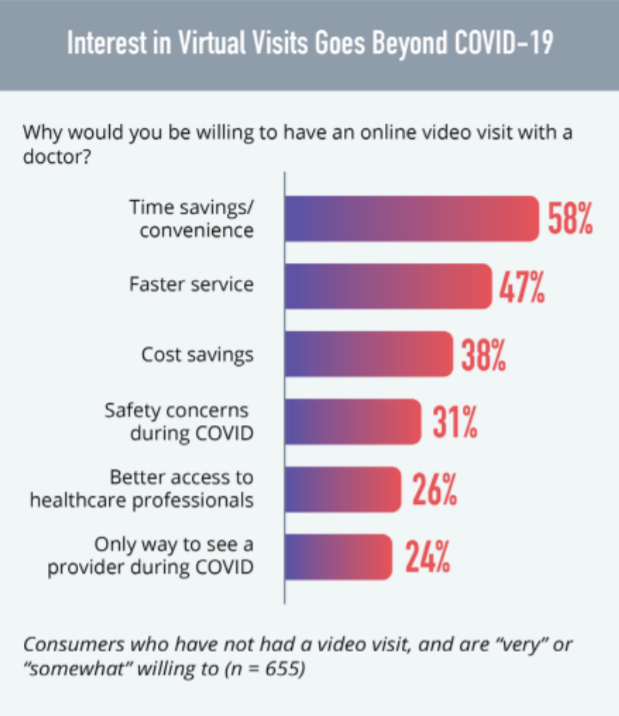
2. Patients for some medical specialties are higher users of telemedicine than others
Whether you are a single-specialty practice or a health system, it’s important to put your marketing dollars for virtual care where patients have the greatest desire to use it. Definitive Healthcare's data on the volume of telehealth claims, broken down by medical specialty, demonstrate that several specialties have the highest demand among patients:
- Family medicine
- Internal medicine
- Psychiatry
- Pediatrics
Specializations like Cardiology, Gastroenterology and Orthopedics saw increased utilization. In fact, gastroenterology saw a 198,000% surge in telehealth utiization in April 2020 compared to April 2019. As a percentage of overall claims, however, patients are utilizing telemedicine less often for specialty care.
These service lines will need to work harder to make their case to patients about what types of appointments are appropriate for telemedicine and how their practice is handling it. If you are marketing telemedicine for these specialties, take the time to create valuable content that demonstrates how these specialty providers are providing excellent care via telemedicine and what a telemedicine visit might entail. Walk through the types of care you might provide during an appointment and how you can provide that virtually. Help them understand that if they have to come in to your office or another location for diagnostics it will still be convenient and fast for them.
3. Patients are less comfortable with using telemedicine for a new patient appointment.
The vast majority of virtual visits during the pandemic were established patients. Both providers and patients are more hesitant about establishing a relationship with a patient through a virtual visit.
Consider marketing virtual care first and foremost to your established patients though email marketing, boosted social media posts, text reminders and even direct mail.
For new patients, you’ll need to go the extra mile to really highlight how your telemedicine process works. Consider taking the time on an FAQ page or a blog to outline:
- How a new patient appointment works via telemedicine,
- What types of labs or other procedures they may need to come in for, and how you are making even that process more convenient for them.
- Consider including a written or video testimonial from a patient or a physician.
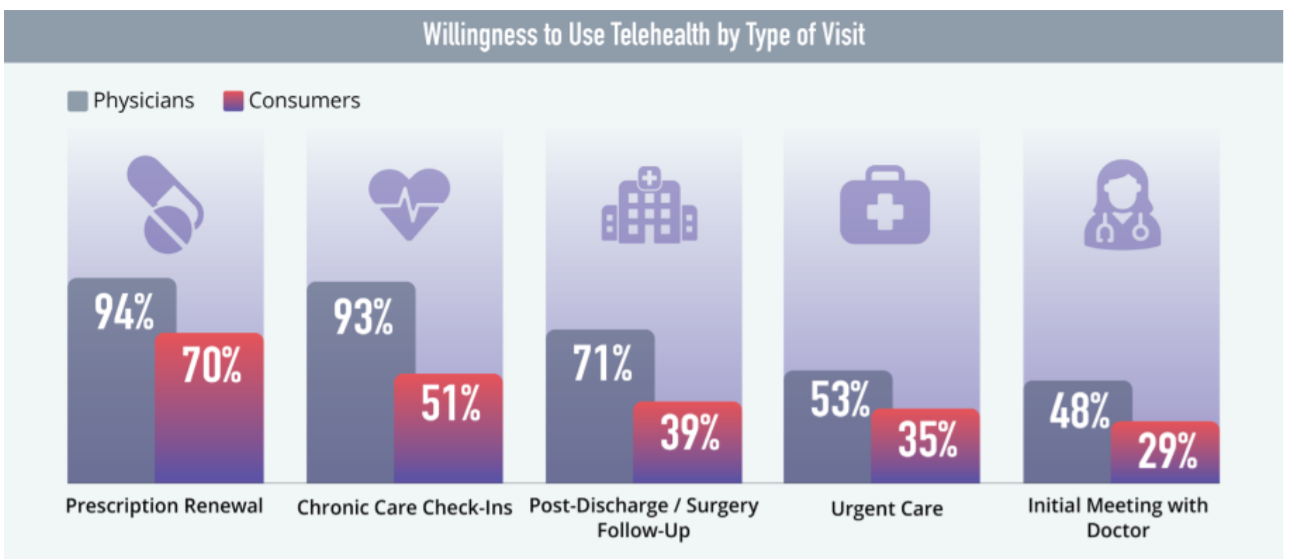
4. Physicians are more confident about addressing certain health concerns via telemedicine than patients are.
Physicians are far more comfortable seeing patients via telemedicine for a broad variety of reasons. Looking at the chart above, you can see a large gap in many areas between the doctor's comfort with using telehealth and the patient's.
- 93% of physicians report that they would be willing to use a virtual visit for a chronic care check-up, while only 51% of patients report the same.
- 71% of physicians report that they would be willing to use a virtual visit for a post-discharge or surgical follow-up, while only 39% of patients report the same.
This is a big opportunity for healthcare marketers to create FAQs or blogs about how virtual care works and what types of issues can be addressed to bolster patient confidence. If physicians feel confident they can provide high quality care in a virtual setting, patients need to understand why.
Consider creating written or video interviews with your provider where they explain how they can provide high quality care through telemedicine, especially for chronic care visits or post-surgical follow-ups. Detail what the appointment entails, why it can be done virtually and how it is still more convenient to do a telemedicine visit even if the patient may have to come by an office location for labs.
5. Gear your marketing toward the right demographics
While telemedicine utilization has shifted this year, these statistics from American Well’s 2019 Telehealth Index give some great insights into how to micro-target different demographics in your digital marketing plan.
Seniors are most likely to prefer using telemedicine for prescription renewal. Prioritize the message of convenience first for seniors and address how your practice offers prescription renewals and simple check-ups via telehealth.

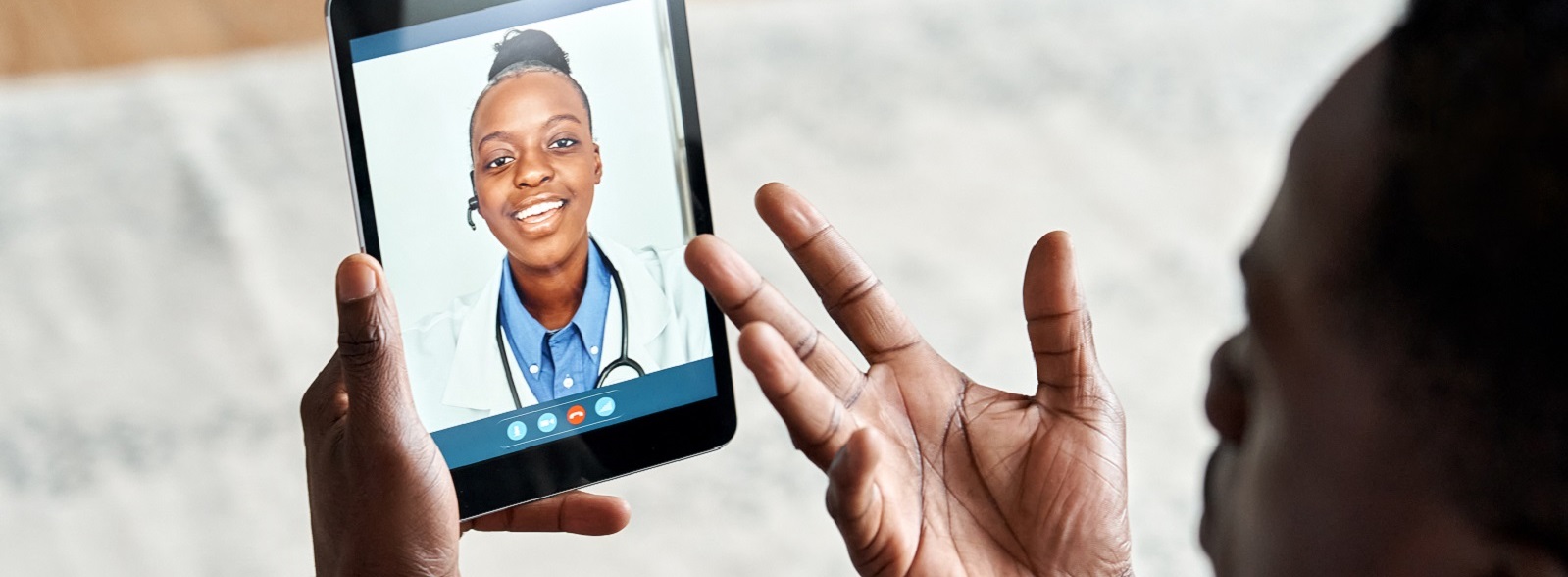
 18 – 34-year-olds are most likely to prefer a PCP that uses telemedicine.
18 – 34-year-olds are most likely to prefer a PCP that uses telemedicine.
 35 – 44-year-olds jointly value telemedicine for convenience, time-savings and cost-savings.
35 – 44-year-olds jointly value telemedicine for convenience, time-savings and cost-savings.
 45 – 54-year-olds are most likely to be uncomfortable with the technology.
45 – 54-year-olds are most likely to be uncomfortable with the technology.
 55 – 64-year-olds are comfortable with the technology and value the time-savings most.
55 – 64-year-olds are comfortable with the technology and value the time-savings most.

